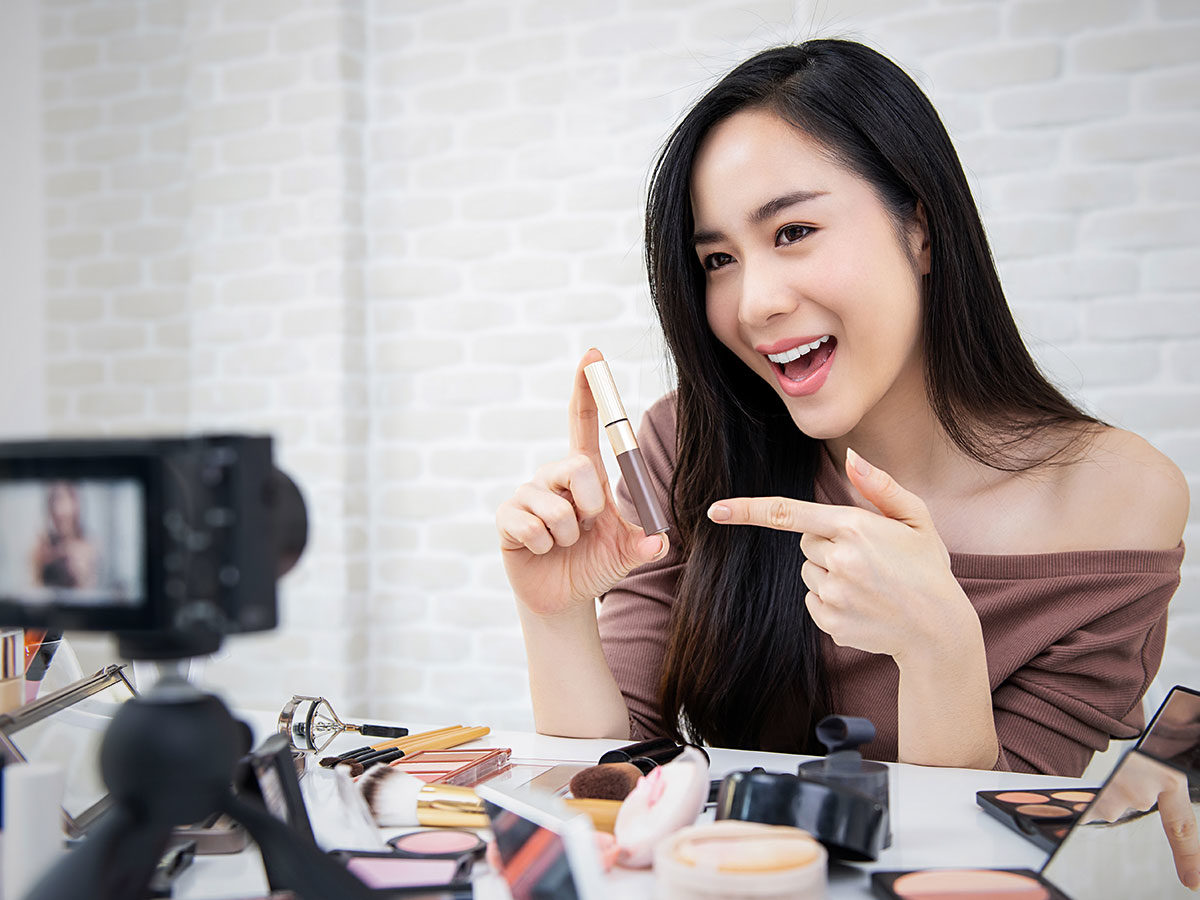

There may have been a time when beauty was only skin deep, but that moment is long gone. The modern beauty industry is complex, its products highly personal, and its consumers diverse. Beauty brands have a privileged, intimate place in their consumers’ lives, and access to deep insights into their motivations and behaviors. The insights beauty marketers glean from their consumers would be valuable to many lifestyle, fashion, luxury, and wellness brands.
We’re privileged to help beauty brands understand and meet their consumers’ evolving needs. Earlier this month, we hosted influencers and industry leaders from many beauty companies, including Sephora, Mary Kay, and Violet Grey at our event, Identifying the Signals through the Noise: Thriving in the Disruptive World of Beauty.
We talked about where the industry is, where it’s heading, and how remarkable brands can turn insights into actionable business strategy. We shared our original research on how consumers engage with and buy beauty products. We put the consumer at the forefront, layering sophisticated data analytics and deep human understanding against a multitude of online and offline data streams to extract insights about the real motivations and evolving needs that drive behaviors from product discovery, to purchase, to advocacy.
Here are three key takeaways from the collaboration that every beauty company – and marketers in related industries – should consider.
Different consumers might buy seemingly comparable products for different reasons. Understanding their underlying motivations is essential to meeting the consumer’s underlying needs. A researcher who sees that consumers are buying both makeup and skincare products might assume that they’re shopping for perfect-looking skin, but our online anthropology study revealed that it’s not that simple. Consumers use skin care for nourishment and makeup for exploration and expression. The researcher who understands this distinction can build distinct marketing and advertising campaigns to address both use cases.
When you have a broad and diverse audience and a multitude of touchpoints, it’s foolish to try capturing each individual path to purchase. One consumer might do everything they can to minimize the search for a new foundation – or eyeliner, or moisturizer, or any other beauty product – and another consumer might revel in the search, exploring for hours online, studying ingredients, and asking their friends for advice. Rather than trying to map every experience, beauty researchers can sort all these paths into groups of similar journeys and simplify their analysis without oversimplifying the path to purchase into one big hypothetical journey.
If you want to expand your product suite, you should not only understand your consumers’ needs, but their priorities. In order to get a more human understanding of the beauty industry, we engaged with consumers in an online community. We asked consumers to blog about how the concept of “beauty” fits into their everyday lives. We identified a new hierarchy of beauty needs marked by personalization rather than customization, easy to use in our on-the-go culture, and connecting emotional benefits and shared values.
Whether you’re in the beauty industry or any other market facing ongoing change, you’ve seen the signs: consumer habits are changing, their values are shifting, and they’re demanding more from brands. To understand and reach these consumers, you have to listen – and identify the signals through the noise.
You must be logged in to post a comment.